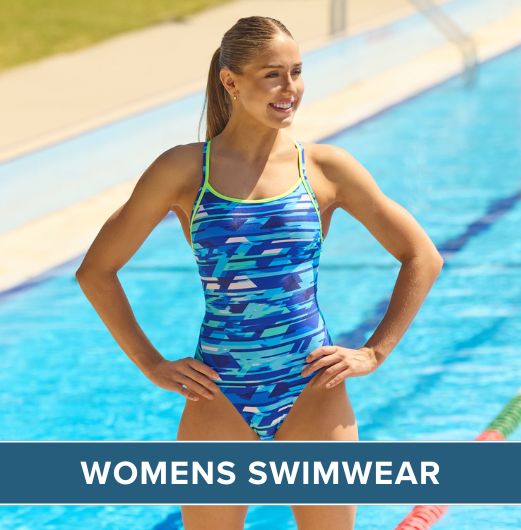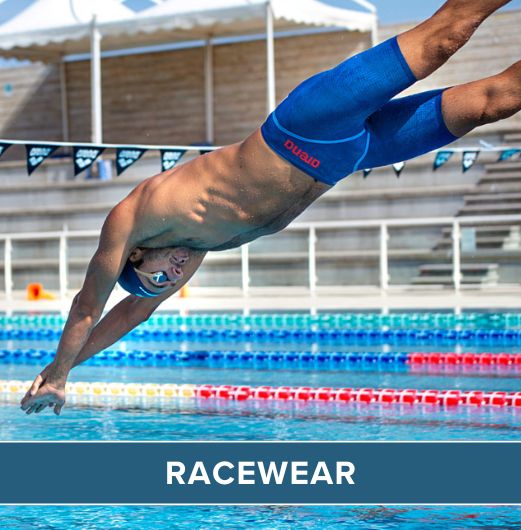Swimming as a motor skill has always been with the human race in the same way that a dog or a mouse can swim as an instinctive, natural, form of motion. A newly born baby can and will swim if it is born under water and for most children this ability persists until they are old enough to learn fear of the water and lose their innate confidence. Egyptian seals, and cave paintings, dating back possibly as far as 9000 BCE show swimmers using what appears to be a similar stroke to the front crawl, and these are far from rarities- with similar pictures occurring in Babylonian and Assyrian artwork.
It is a step, however, from the natural swimming ability which all humans possess, to the organisation of swimming, firstly into a pastime, and then into a competitive sport. The first indications of an adoption of swimming as a hobby rather than as a method of locomotion would be with the advent of deliberately created swimming pools. A pool 30m by 60m has been discovered in the ruins of an Indian palace which dates back to 2800 BCE, and a Cretan palace dating back to the Bronze Age has also been found to have enjoyed an indoor pool. For a culture to invest the time and resources involved in creating indoor pools , even for the very richest and most venerated of its population, would indicate that swimming had already by this period become something more than another way of getting from A to B, or an extra string to the hunting bow. An indoor pool reflects the importance of swimming as a pleasure and pastime in its own right.
Swimming in the Middle Ages was considered to be a knightly pursuit, one of the seven "agilities " which a Knight should be able to practice. This attitude began to frame a more competitive spirit towards swimming with Knights wishing to outdo one another in this arena as in many others.

The direction away from swimming as a simple ability and towards a competitive contest of sporting prowess had begun. With the advent of the printing press books began to be written about swimming, which tended towards the formulation of standard acceptable strokes. In 1539 , German Nikolaus Wynmann wrote what is believed to be the first instructional book on swimming, outlining the breaststroke technique, and in England by 1587 Cambridge Fellow Everard Digby produced his own work which illustrated the backstroke and crawl in addition to breaststroke.
If any one group of people could lay claim to the creation of the true sport of swimming, it would be the Victorians. The Victorian era was one of great creativity and economic and cultural growth and this included the new explosion of public works which helped to encourage the development of swimming as a competitive activity. The first publicly funded swimming baths in the United Kingdom specifically built for the purpose were St George's Baths in Liverpool which opened in 1828 - but Liverpool had already enjoyed public swimming since 1756 when the first privately funded baths were created there.
Competitive swimming had already become popular by this point and that fashion only increased over the next half-century, with regular contests taking place from the 1830s onwards, especially in and around the capital where this new fashion took hold with the enthusiasm typical of Victorian London.
In addition to speed contests this era also saw the development of a craze for distance swimming, with Captain Matthew Webb swimming the English Channel, a distance of over 20 miles, in 1875. The popularity of swimming increased throughout this period in part because it fitted so perfectly with the Victorian taste for healthy, vigorous, "manly" pursuits. The principles of a healthy mind in a healthy body (mens sana in corpore sano) had been seized on by the Victorians and swimming embodied those ideals. The regimentation of swimming into an organised and formal sport also fitted with the ethos of the age, which had a passion for regulations and classifications, so it is unsurprising that the United Kingdom's first official national governing body developed during this period- the Amateur Swimming Association, which formed in 1880 to oversee the existing three hundred plus regional clubs. Other national bodies were created in Europe over this period with France, Germany, and Hungary all having formed their own between 1882 and 1890.
It was not just in England that swimming as a competitive sport was coming into its own during this time. In America the first national swimming championships were held in 1877, and in Australia regular championships were held from 1889. With quite remarkably modern thinking Scotland held the world's first ever women's swimming contest in 1892. With growing world wide popularity it was inevitable that an international championship would follow the national championships. The first Olympics to feature swimming as an official sport was in 1896 in Athens,with 100m, 500m, and 1200m races, which feel familiar to us today, though the 100m for sailors may seem a little odd! By the time of the next Olympic Games in Paris in 1900 the range of races had expanded and now also included a team race, and a backstroke race in addition to the more unusual obstacle race which took place in the River Seine, and an underwater race. In 1904 at the St. Louis Olympics the full range of swimming contests included 50 yds, 100 yds, 220 yds, 440 yds, 880 yds and the one mile freestyle, as well as the 100 yds backstroke and the 440 yds breaststroke, and the 4x50 yards freestyle relay. Strokes were beginning to be clearly differentiated with races in freestyle, backstroke and breaststroke. These continued to be the only men's strokes until the introduction of butterfly in 1952. Until 1973 with the development of the World Aquatic Championships run by FINA (The International Swimming Federation), the Olympics was the only international championship to feature swimming races and thus controlled to a greater degree the development of competitive swimming.
The development of women's swimming has followed a less direct path than men's swimming, with greater obstacles to be overcome in terms of public approval. While men's swimming was enjoying its burst of popularity in Victorian England this was very much as a "manly" pursuit and even in the less straight-laced rest of Europe, women's swimming was just beginning to find some degree of acceptability, with Nancy Edburg leading the way throughout Sweden, Denmark, and Norway in the 1840s and '50s.
With the exception of enlightened Scotland swimming competitions were for men, and the Olympics would not admit women swimmers until the 1912 Stockholm Games and even then only allowed them to swim freestyle. It wasn't until 1924 that women were permitted to swim breaststroke and backstroke at the games, and only since 2010 has there been parity between men and women in terms of numbers of Olympic events. While men's swimming was driven by the Victorians and their preoccupation with health, women's swimming has taken some of its motivation from the fight for women's equality and independence, with the battle to be taken as seriously as men in competitive swimming still a very recent one.
 Free Tracked UK Delivery
Free Tracked UK Delivery Hassle Free Returns
Hassle Free Returns Next Working Day OPTION
Next Working Day OPTION Found It Cheaper?
Found It Cheaper?














